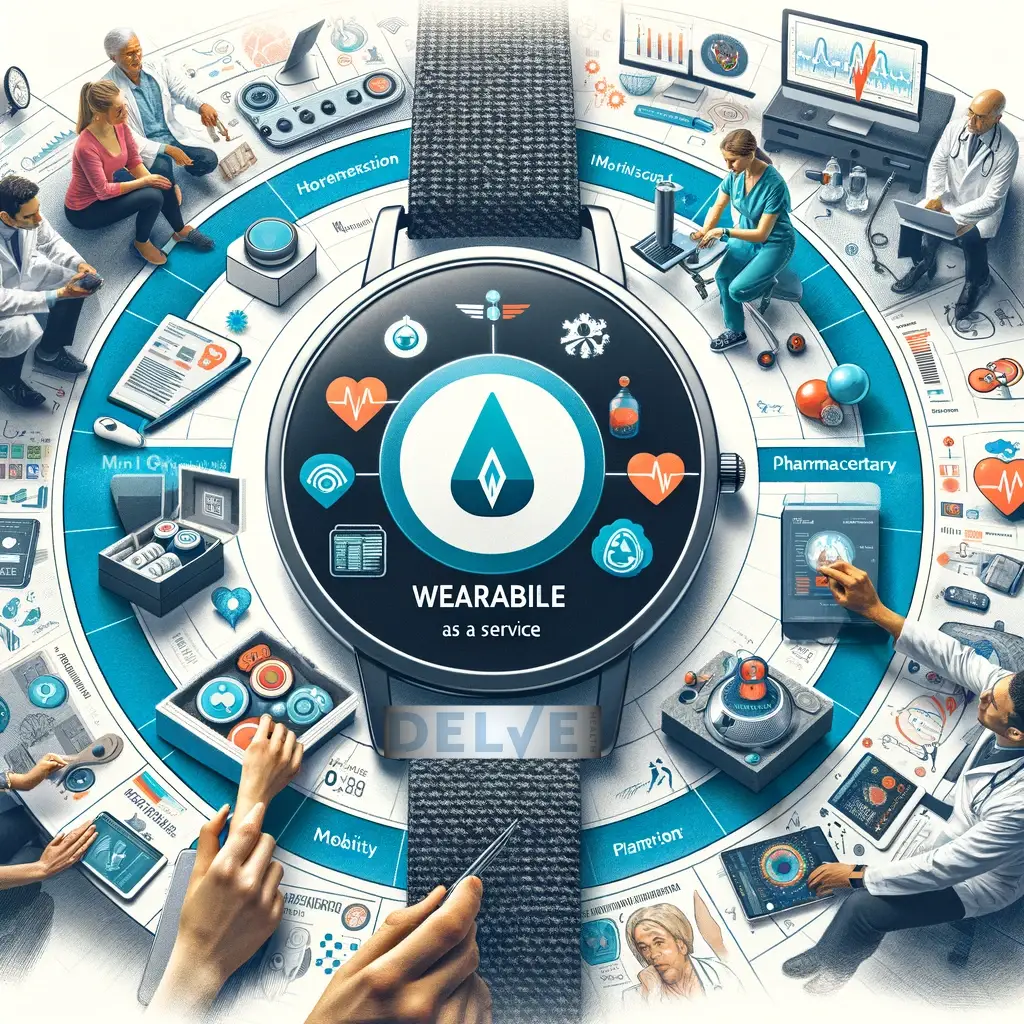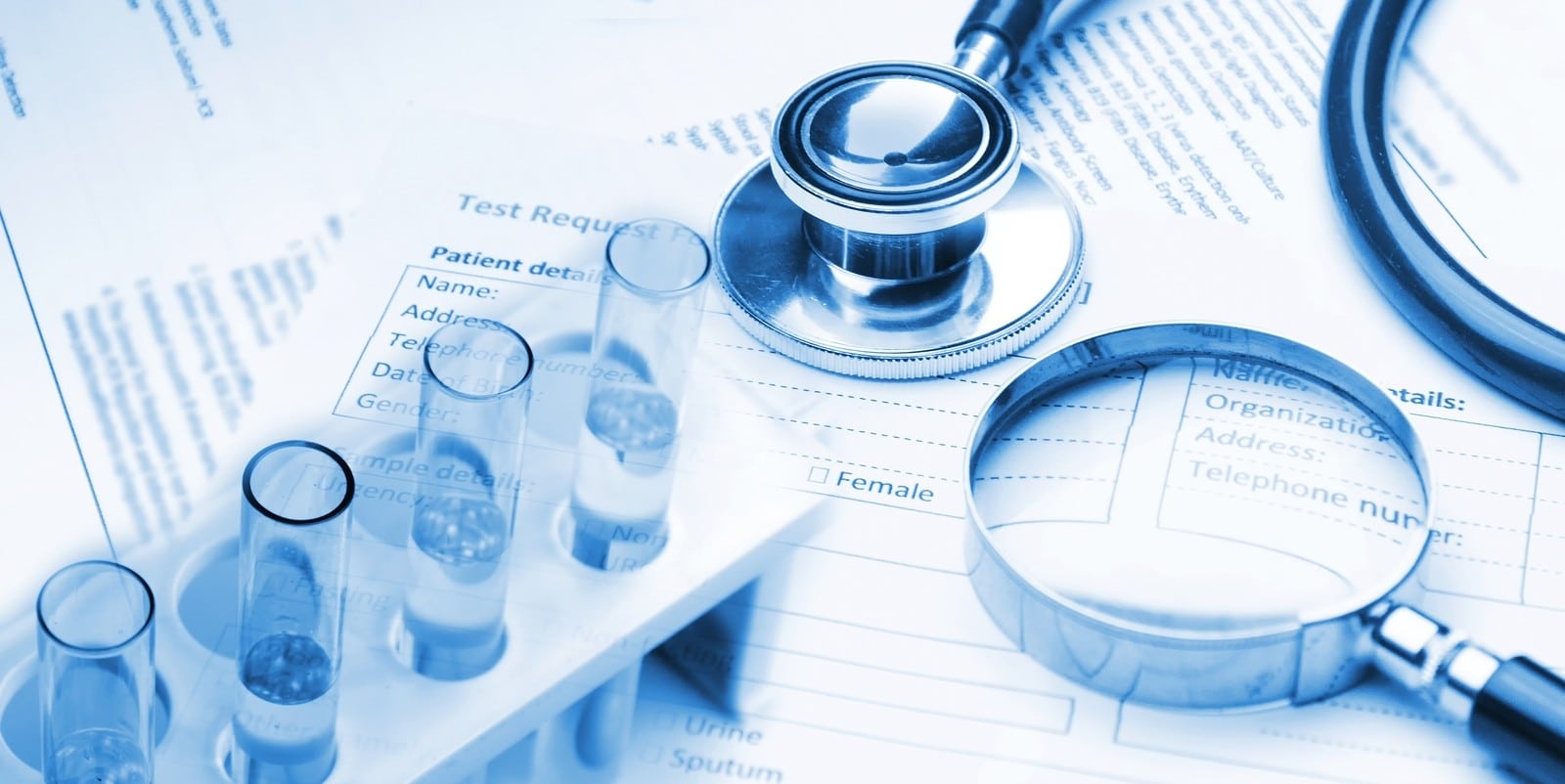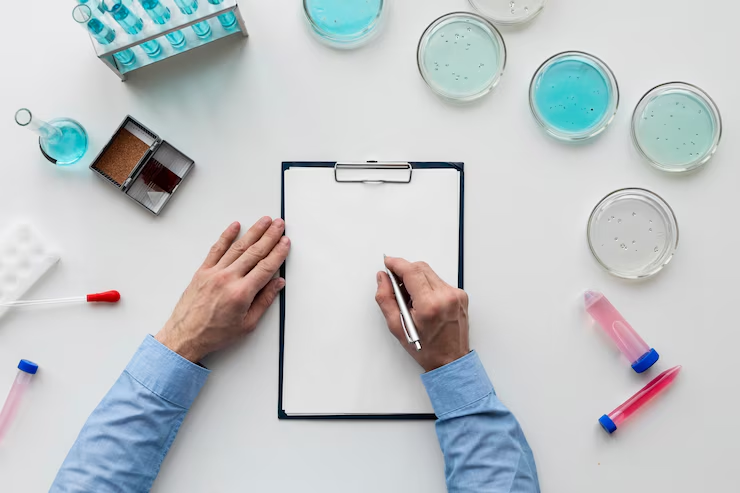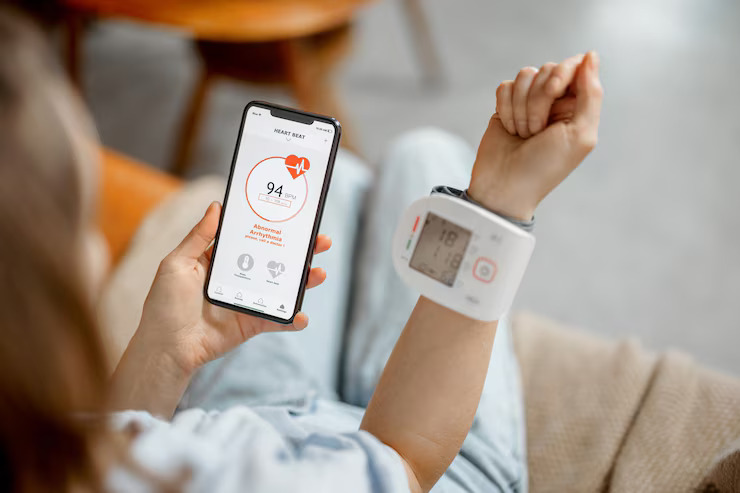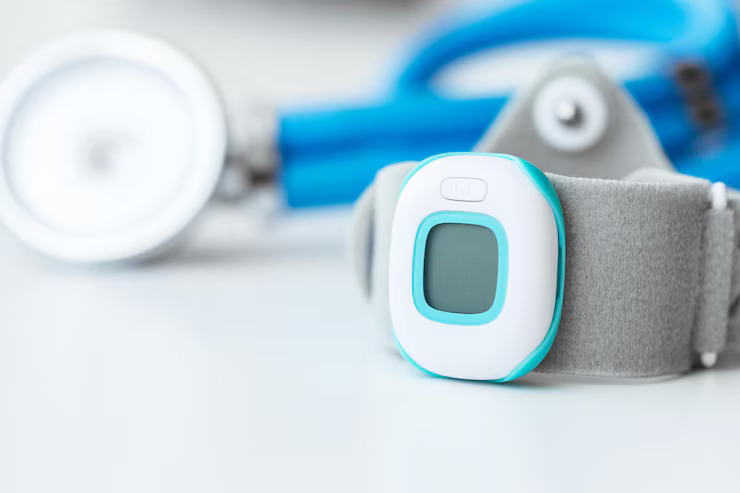GLP-1 digital trials for diabetes and obesity are changing how researchers and clinicians understand the impact of these breakthrough treatments. By combining continuous glucose monitors, real-time data, and patient-reported outcomes, these digital trials create a more comprehensive and patient-friendly approach to diabetes and obesity management.
So, you’ve probably heard of GLP-1 drugs like semaglutide and liraglutide (Mayo Clinic) by now. These meds are shaking things up in the diabetes and obesity space. Why? Because they’re pretty much a game-changer for managing blood sugar and weight. People are seeing real results with these drugs—big reductions in blood glucose, weight, and even better heart health.
But here’s the deal: studying these medications is no walk in the park. Traditional clinical trials? They’re kind of like using dial-up internet when you’ve got high-speed fiber optic sitting right there. Enter digital clinical trials—the high-speed version for GLP-1 research. These digital trials use continuous glucose monitors, real-time health tracking, and all sorts of cool tech that makes data collection faster, easier, and way more effective.
Let’s dig into why digital clinical trials are the future for GLP-1 studies and how they’re making life a whole lot better for both patients and researchers.
Why Traditional Clinical Trials Are Just… Not Cutting It Anymore
If GLP-1 drugs work best when you track the day-to-day ups and downs of someone’s health, why are traditional trials still stuck on random clinic visits and check-ups every few weeks? Here’s why that doesn’t work:
It’s Like Watching Only the Highlights Reel
With traditional trials, researchers only get a few snapshots—like checking your blood sugar or weight at scheduled intervals. But GLP-1 drugs impact things like hunger, energy, and blood sugar throughout the day. Missing that real-time data? You’re missing the full story. It’s like only seeing the last five minutes of a movie and trying to guess the plot.The Real World vs. The Lab
GLP-1 drugs are designed to impact real life. They affect things like metabolism, cravings, and energy. But traditional trials are run in a clinic, which is like studying animals in a zoo instead of in the wild. Without seeing how these drugs work in someone’s day-to-day life—work stress, diet, sleep—you’re missing the “real” in real-world data.Clinic Visits = People Bailing
Picture this: you’re managing diabetes, juggling life, and then have to make clinic trips every few weeks to check in. Traditional trials lose people left and right because those trips are a hassle, which tanks data quality and leaves researchers wondering what went wrong. Digital trials let people handle most of this stuff from home, which is a win-win for everyone.Slow Feedback Makes Real-Time Adjustments Impossible
With a typical trial, you gather data during visits, then spend time analyzing it. Not ideal. GLP-1 drugs sometimes need tweaking on the fly, and traditional setups don’t allow for quick adjustments. It’s like running a race but not knowing if you’re on the right track until after you’ve crossed the finish line.
How Digital Clinical Trials Are Solving These Problems (And Then Some)
Now, here’s where digital clinical trials come in and change everything. These trials are tech-powered, using wearables, digital scales, continuous glucose monitors, and all sorts of gadgets to track what’s happening with patients in real-time. Here’s how they’re making GLP-1 research faster, easier, and a lot more accurate:
- Continuous Data Collection—All Day, Every Day
In digital trials, patients wear devices that track key metrics 24/7. We’re talking blood glucose (Healthline), heart rate, physical activity, sleep, and more. This means researchers get a complete, live feed of data instead of waiting weeks or months for updates. The result? They know what’s working (or not working) in real-time. - Real-World Digital Biomarkers
Digital biomarkers (PubMed) are like the MVPs of GLP-1 studies. Stuff like activity level, calories burned, and glucose variability helps researchers understand what’s happening with patients outside of a clinic. And these insights help fine-tune treatments to fit patients’ actual lives, not some hypothetical ideal. - Patient Engagement Goes Through the Roof
Digital trials make it easy for people to participate from the comfort of their homes. Patients can log meals, activities, and even how they’re feeling in an app. The app sends them reminders and prompts—keeping them engaged without nagging. This setup means fewer dropouts and way better data quality because patients actually stick with it. - Real-Time Feedback with Food Diaries and Patient Reports
Digital trials are awesome because they don’t just track numbers—they involve patients in real-time. Imagine a patient in a GLP-1 trial logs their meals, snacks, and even the late-night pizza in a food diary. That data gets analyzed alongside glucose levels, and the app sends personalized feedback. If a meal spikes their blood sugar, the patient and their care team see it instantly, letting them adjust their diet or meds ASAP. This feedback loop is a huge deal for personalizing treatment and keeping patients motivated.
Delve Health: The Digital Trials Platform Built for GLP-1 Studies
Alright, so now that you know why digital trials rock, here’s where Delve Health comes in. Delve Health’s platform is designed specifically to handle the unique demands of GLP-1 studies. Here’s how it works:
All Devices, One App: Continuous Glucose Monitors, Digital Scales, and More
Delve Health integrates everything in one app. Patients use CGMs (continuous glucose monitors) to track blood sugar, digital scales to monitor weight, and even activity trackers to capture their daily movement—all in one place. This setup lets patients manage everything through one app, while researchers see all the data together, getting a full picture without needing a bunch of different systems.Digital Biomarkers for Real-Time, Personalized Insight
Delve Health’s platform relies on real-time digital biomarkers. For GLP-1 trials, biomarkers like glucose variability, heart rate, and activity patterns give researchers a constant feed of insights. They see how the drugs are working and how lifestyle choices—like exercise or stress—affect each patient’s response.Managing the Whole Patient Experience
Delve Health doesn’t stop at just collecting data. The platform manages the whole patient ecosystem with automated reminders, easy eConsent, and support features. Patients feel engaged and informed, which leads to better compliance, more reliable data, and happy researchers.
The Future of GLP-1 Research: Why Digital Trials Are Here to Stay
The rise of GLP-1 medications means researchers need trials that can capture the full picture—day-to-day data, real-world insights, and adaptive feedback. Digital clinical trials for GLP-1 are becoming the go-to approach because they deliver all that and more. They’re personal, they’re effective, and they’re setting the new standard for diabetes and obesity research.
And as digital trials keep evolving, platforms like Delve Health are leading the way. They’re delivering tools that are easy to use, provide real-time insights, and help researchers get results that actually make a difference. GLP-1 trials aren’t just about data—they’re about creating better, more personalized care.
Ready to see how digital trials are changing the game for diabetes, obesity, and beyond? Check out Delve Health’s digital solutions for GLP-1 and see what the future of clinical research looks like.




